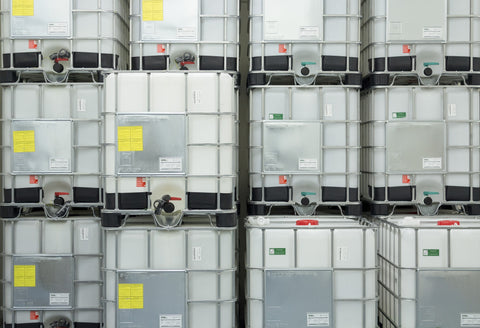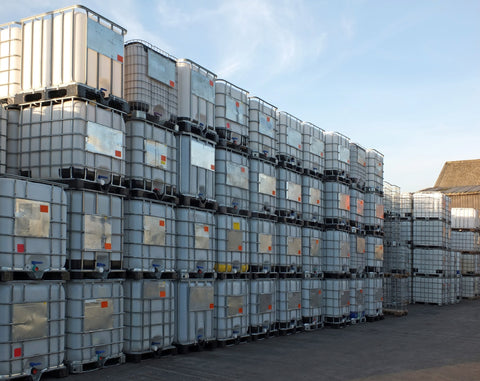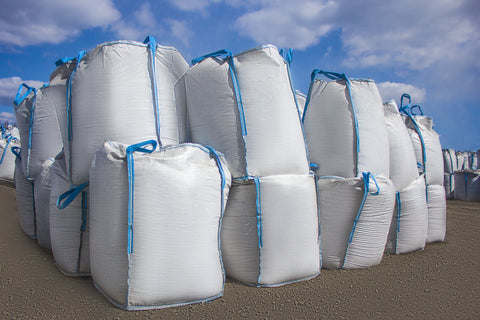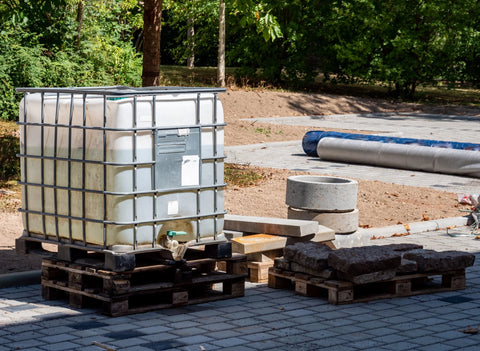Unmasking Liquid Latex
Liquid latex is a versatile material that plays a crucial role in various industries, from rubber manufacturing to healthcare and textiles. Its applications are diverse, ranging from creating latex gloves and balloons to coating fabrics and molds for specialized products. However, with its flexibility comes the challenge of proper storage. In this article, we will explore the intricacies of liquid latex storage, the problems that can arise, and the solutions to ensure its quality remains intact.
Understanding the Difference in Latex
Liquid latex is a synthetic rubber compound that distinguishes itself from natural latex, which is derived from the sap of rubber trees. Unlike its natural counterpart, liquid latex is produced through a manufacturing process that involves blending various synthetic materials. It is typically found in a liquid form, which makes it highly versatile for various applications. This synthetic latex compound offers the advantage of controlled composition, allowing manufacturers to tailor its properties for specific uses. Whether for creating latex gloves, special effects in the film industry, or fabric coatings, liquid latex's adaptability and ease of use make it an essential material in many industries. Its liquid state enables it to be applied as a thin layer, forming a flexible and durable protective barrier when dried or cured.
Challenges in Storing Liquid Latex
-
Temperature Sensitivity: One of the primary challenges for storing latex is its temperature sensitivity. Liquid latex is highly susceptible to variations, which can alter its properties. If exposed to extreme temperatures, it can become too thick or unusable. To combat this issue, it's essential to store liquid latex in a controlled environment, maintaining a consistent temperature. Using facilities with climate control systems can help prevent unwanted changes in the material.
-
Shelf Life: Liquid latex has a finite shelf life, typically ranging from one to three years, depending on various factors. This can vary depending on the type and the additives used. Manufacturers need to be aware of this limitation and manage their inventory accordingly. Old or expired liquid latex can lead to product defects and increased production costs.
-
Latex Coagulation: Coagulation, or the thickening of liquid latex, is another concern. When latex coagulates, it becomes difficult to work with and may require additional effort to restore its usability. To prevent coagulation, it is crucial to follow proper protocols. Using appropriate containers and avoiding exposure to direct sunlight can mitigate this issue.
-
Container Compatibility: Choosing the right containers for storage is essential. Latex can react with certain materials, such as copper or certain plastics, leading to contamination and quality issues. It's recommended to use containers specifically designed for holding latex, typically made of materials like stainless steel or high-density polyethylene (HDPE).
Solutions to Storage Challenges
-
Temperature Control

-
Maintaining optimal temps is vital. Facilities should invest in temperature control systems to regulate the storage environment. Remaining within the recommended range can extend the shelf life of liquid latex and reduce the risk of coagulation. Many options exist on the market, such as a full-wrap heating jacket for totes.
-
-
Handling and Mixing Protocols
-
Proper handling and mixing protocols are crucial in preventing issues. Workers should be trained on the correct procedures for handling and mixing to avoid coagulation or other quality problems. Using a thin brush to apply latex or other thinning agents can help maintain its consistency.
-
-
Container Selection
-
Selecting the right containers to store bulk liquid latex is essential to avoid contamination and maintain product quality. Intermediate Bulk Containers (IBC) totes are a popular choice in many industries due to their durability and compatibility with latex. These totes are designed to handle the demands of bulk latex storage and are easy to transport.
-
Industries Using Bulk Liquid Latex
-

Rubber Manufacturing: The rubber manufacturing industry relies heavily on bulk liquid latex as a primary raw material. Latex is used in various forms to create rubber products such as gloves, seals, and tubing.
-
Healthcare and Medical Devices: In the healthcare sector, liquid latex is a key ingredient in producing medical gloves, catheters, and other essential medical devices.
-
Textile Industry: The textile industry uses liquid latex for fabric coating applications, including waterproofing and adding grip to textiles.
Bulk Totes
Introduction to IBC Totes
Intermediate Bulk Container (IBC) totes are a popular choice to ensure liquid latex is properly stored. These totes offer a cost-effective and efficient solution for transporting and storing large quantities of latex. Their design provides proper containment and protection from external elements.
Benefits of IBC Totes
IBC totes provide several advantages for string materials. They are stackable, which saves space, and can be easily transported. Additionally, their sturdy construction and compatibility with latex make them a reliable choice for manufacturers.
Other Bulk Tote Options
While IBC totes are widely used, alternative bulk tote options, such as stainless steel tanks or specialized tanks, may also be considered depending on specific industry needs.
Conclusion
In conclusion, the concern of proper storing and handling of liquid latex presents unique challenges that manufacturers in various industries must address. Temperature sensitivity, shelf life limitations, coagulation, and container compatibility are among the key concerns. By implementing proper storage practices, maintaining controlled environments, and choosing appropriate containers such as IBC totes, these challenges can be overcome. Ensuring the quality of stored liquid latex is crucial for producing high-quality end products in industries ranging from rubber manufacturing to healthcare and textiles. Proper storage logistics are the foundation for success in working with this versatile material.








